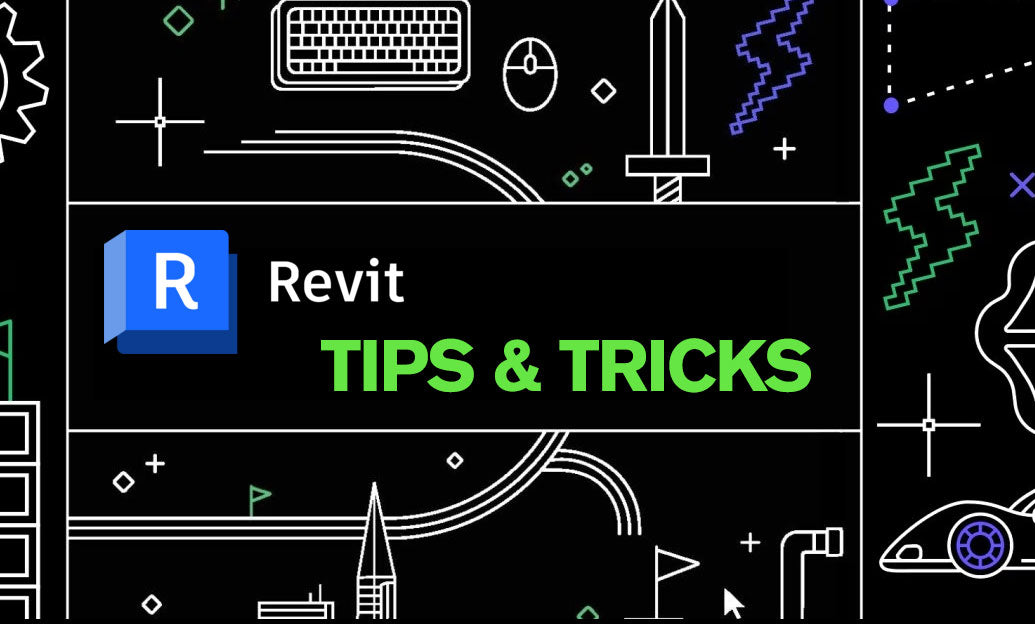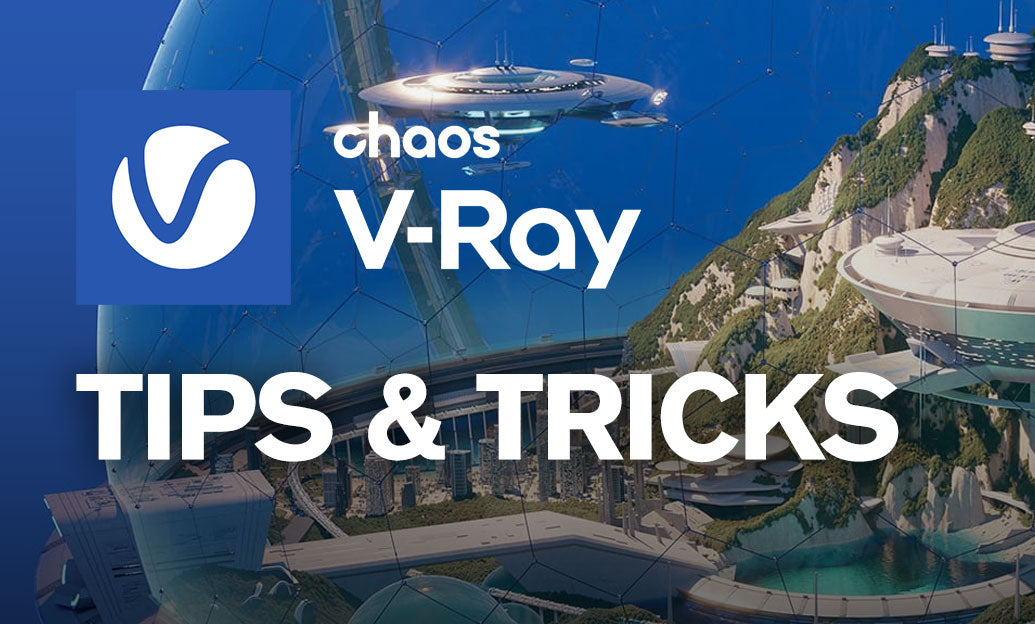Your Cart is Empty
Customer Testimonials
-
"Great customer service. The folks at Novedge were super helpful in navigating a somewhat complicated order including software upgrades and serial numbers in various stages of inactivity. They were friendly and helpful throughout the process.."
Ruben Ruckmark
"Quick & very helpful. We have been using Novedge for years and are very happy with their quick service when we need to make a purchase and excellent support resolving any issues."
Will Woodson
"Scott is the best. He reminds me about subscriptions dates, guides me in the correct direction for updates. He always responds promptly to me. He is literally the reason I continue to work with Novedge and will do so in the future."
Edward Mchugh
"Calvin Lok is “the man”. After my purchase of Sketchup 2021, he called me and provided step-by-step instructions to ease me through difficulties I was having with the setup of my new software."
Mike Borzage
Design Software History: The Evolution of Design Software in V2X Communication Systems: From Early Tools to Advanced Platforms
July 10, 2024 4 min read


Introduction to V2X Communication
Vehicle-to-Everything (V2X) communication refers to a vehicular communication system that enables vehicles to communicate with each other and with the surrounding infrastructure, pedestrians, and networks. The significance of V2X in modern vehicular technology is profound, as it aims to enhance road safety, improve traffic efficiency, and support the development of autonomous driving technologies.
Historically, the evolution of communication technologies in vehicles has been gradual, moving from basic in-vehicle communication systems to more advanced interconnected networks. The importance of V2X lies in its ability to provide real-time information and warnings, thus potentially reducing accidents, optimizing traffic flow, and enabling smarter, safer, and more efficient transportation systems.
Evolution of Design Software in Vehicle Communication Systems
Early Design Software and Basic Vehicle Communication
In the early stages of vehicle communication systems, design software tools were rudimentary and focused primarily on in-vehicle communication. These initial tools faced significant limitations and challenges, such as restricted processing power, limited communication range, and inadequate data handling capabilities.
Introduction of V2X and Software Advancements
The emergence of V2X as a critical component in vehicle communication marked a turning point in design software development. Software advancements became essential to support the integration of V2X technology. These advancements included improved algorithms, enhanced data processing capabilities, and better simulation and modeling tools.
Key Technological Milestones
Major breakthroughs in V2X design software have been driven by the contributions of significant companies and software solutions. For instance, Siemens, PTC, and Ansys have played pivotal roles in advancing V2X technology. Siemens has focused on developing robust simulation tools, PTC has emphasized connectivity and data management, and Ansys has provided comprehensive modeling solutions. These companies have developed software that addresses the unique requirements of V2X systems, such as real-time data processing, reliability, and security.
Core Technologies and Design Processes
Core Technologies in V2X Design Software
- Dedicated Short Range Communications (DSRC): DSRC is a key technology in V2X communication, providing a reliable, low-latency communication channel between vehicles and infrastructure. It operates in the 5.9 GHz spectrum and supports various safety applications.
- Cellular Vehicle-to-Everything (C-V2X): C-V2X leverages existing cellular networks to facilitate communication between vehicles, infrastructure, and other road users. It offers broader coverage and higher data rates compared to DSRC.
The role of simulation and modeling in V2X software design is crucial. These technologies allow developers to create realistic scenarios and test the performance of V2X systems under various conditions. Simulation tools help identify potential issues and optimize system performance before deployment.
Design and Development Processes
The design and development of V2X communication systems involve several steps, including:
- Requirement analysis and specification development
- System architecture design
- Algorithm development and optimization
- Simulation and modeling
- Prototyping and testing
- Deployment and validation
The importance of real-time data processing, reliability, and security considerations cannot be overstated in V2X design. Ensuring that V2X systems can handle large volumes of data quickly and accurately is essential for their effectiveness. Moreover, robust security measures are necessary to protect against cyber threats and ensure the integrity of the communication network.
Software Tools and Platforms
Several key software tools and platforms are used in V2X system design. These include:
- MATLAB and Simulink: Widely used for algorithm development, simulation, and modeling of V2X systems.
- ANSYS: Provides comprehensive simulation tools for testing and validating V2X communication performance.
- PTC ThingWorx: Offers an IoT platform that supports data management, connectivity, and real-time analytics for V2X applications.
- Siemens PLM Software: Provides a suite of tools for system design, simulation, and testing of V2X technologies.
These tools offer various features and functionalities that cater to the specific needs of V2X design, such as real-time data analysis, robust simulation capabilities, and seamless integration with other systems and platforms.
Impact and Future Trends
Impact on Vehicle Safety and Efficiency
V2X design software has had a significant impact on vehicle safety and traffic management. By enabling real-time communication between vehicles and infrastructure, V2X systems can provide early warnings of potential hazards, optimize traffic flow, and reduce congestion. This results in safer roadways, fewer accidents, and more efficient transportation systems.
Challenges and Limitations
Despite the advancements in V2X design and deployment, several challenges remain. These include technical challenges such as interoperability between different systems, scalability issues, and the need for continuous updates and maintenance. Additionally, legal and regulatory hurdles must be addressed to ensure the widespread adoption of V2X technology. This includes establishing standards for communication protocols, data privacy, and security measures.
Future Trends in V2X Design Software
Looking ahead, several trends are expected to shape the future of V2X design software. These include:
- The integration of Artificial Intelligence (AI) and Machine Learning (ML) in V2X communication design, enabling more intelligent and adaptive systems.
- The potential impact of 5G technology, which offers higher data rates, lower latency, and more reliable communication channels, enhancing the performance of V2X systems.
- The development of new algorithms and software tools that can handle the increasing complexity and data volumes associated with V2X communication.
Conclusion
Summarization of Key Points
In summary, design software has played a crucial role in the advancement of V2X communication. From the early stages of basic vehicle communication systems to the sophisticated V2X technologies of today, software tools and platforms have been essential in enabling real-time data processing, simulation, and modeling. Major contributions from companies like Siemens, PTC, and Ansys have driven significant advancements in this field. As we look to the future, continuous innovation in design software will be critical to furthering the development and adoption of V2X communication systems.
Final Thoughts
The ongoing evolution and future potential of V2X communication are immense. As technology continues to advance, the integration of AI, ML, and 5G will further enhance the capabilities of V2X systems. It is essential to encourage further exploration and investment in V2X technologies to realize their full potential and create safer, more efficient transportation systems for the future.
Also in Design News

Cinema 4D Tip: Weight Manager Workflow for Fast, Stable Character Skinning
January 06, 2026 2 min read
Read More
Revit Tip: Purge Unused Families and Types to Optimize Revit Models
January 06, 2026 2 min read
Read MoreSubscribe
Sign up to get the latest on sales, new releases and more …



